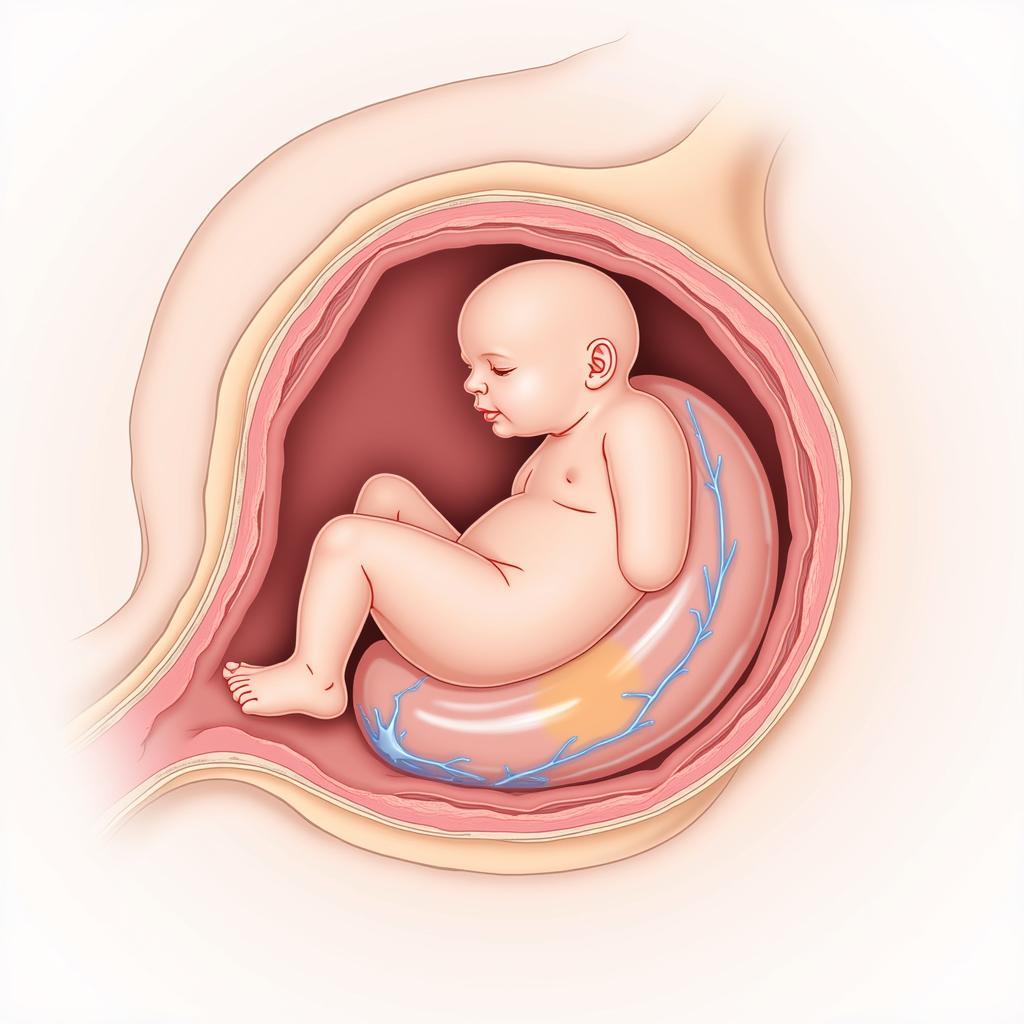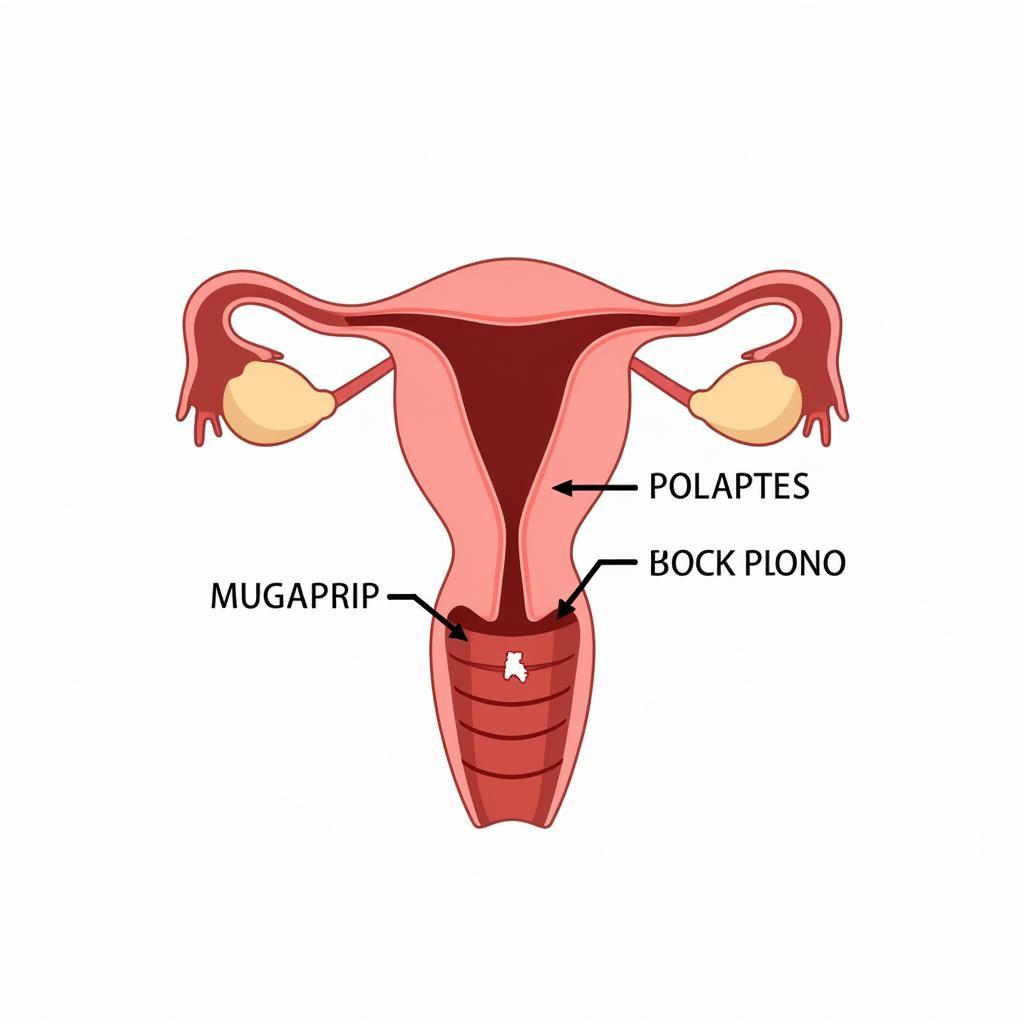Knowing when to head to the hospital for labor and delivery is a common concern for expecting parents. While some early signs might indicate the early stages of labor, it’s crucial to identify the signs that signal it’s time to grab your hospital bag and go.
This comprehensive guide will discuss those unmistakable labor signs indicating your baby is on the way. Understanding these signs can help you feel confident and prepared when it’s time to welcome your little one into the world.
Recognizing the Signs: When to Head to the Hospital for Labor
Labor is a unique experience, and every woman’s journey is different. However, some common signs indicate it’s time to head to the hospital:
1. Consistent, Strong Contractions
Contractions are the hallmark of labor. These tightening sensations in your uterus become increasingly intense and regular as labor progresses. Here’s how to differentiate between practice contractions (Braxton Hicks) and real labor contractions:
- Timing: Time your contractions. Are they coming at regular intervals and lasting about the same duration? Labor contractions typically last 30 to 70 seconds and gradually get closer, around 5 minutes apart.
- Intensity: Real labor contractions are more intense than Braxton Hicks and don’t subside with a change in position or activity. They become progressively stronger and more painful.
- Progression: Unlike Braxton Hicks, labor contractions won’t stop. They continue to intensify and occur closer together.
 Timing Labor Contractions
Timing Labor Contractions
If you’re experiencing contractions every 5 minutes, lasting a minute each, and this pattern continues for an hour, it’s time to head to the hospital!
2. Your Water Breaks
While often dramatized in movies, only about 10-15% of women experience their water breaking before labor begins. When this happens, it means the amniotic sac surrounding your baby has ruptured, releasing amniotic fluid. Here’s what to note:
- Amount: The amount of fluid can vary from a trickle to a gush.
- Color: Normal amniotic fluid should be clear or pale yellow. Contact your healthcare provider immediately if you notice a greenish or brownish color, as this could indicate a problem.
- Odor: Amniotic fluid usually has a sweet smell, unlike urine.
 Amniotic Sac Rupture
Amniotic Sac Rupture
Even if your contractions haven’t started, head to the hospital once your water breaks.
3. Vaginal Bleeding or “Bloody Show”
During pregnancy, a mucus plug seals your cervix. As labor nears, this plug might be expelled as your cervix begins to dilate. This is known as the “bloody show” and can appear as a thick, jelly-like discharge tinged with blood.
- Color: The discharge can be pinkish, brownish, or slightly bloody.
- Consistency: It’s usually thicker than regular vaginal discharge.
While the bloody show is a sign that labor is approaching, it doesn’t necessarily mean it’s happening immediately. You might still have hours or even days before active labor begins. However, it’s crucial to inform your healthcare provider if you notice this sign.
 Mucus Plug Expulsion
Mucus Plug Expulsion
4. Intense Pressure in Your Pelvis
As your baby descends further into the pelvis, you might experience intense pressure and a feeling of fullness in your lower abdomen and pelvic region. It might feel like your baby is pressing down on your rectum, similar to the urge to have a bowel movement. This pressure is a strong indicator that labor is progressing.
5. Other Signs to Watch For
- Back Pain: Persistent lower back pain, especially if it’s new or different from your usual pregnancy backaches.
- Nausea or Vomiting: Some women experience nausea or vomiting as labor progresses.
- Diarrhea: Your body might start clearing out your digestive system in preparation for labor.
When to Call Your Doctor
It’s crucial to contact your doctor immediately if you experience any of the following:
- Vaginal Bleeding: Heavy bleeding (soaking through a pad in an hour).
- Fever: A temperature of 100.4°F (38°C) or higher.
- Decreased Fetal Movement: A noticeable decrease in your baby’s movements.
- Severe Headaches: Sudden or severe headaches, especially if accompanied by vision changes.
Preparing for Labor and Delivery
While knowing when to go to the hospital is important, being prepared for this significant event can provide peace of mind:
- Pack Your Hospital Bag: Include essentials like comfortable clothes, toiletries, snacks, chargers, and a going-home outfit for you and your baby.
- Plan Your Route: Familiarize yourself with the best route to the hospital, considering traffic and parking.
- Communicate with Your Support Person: Ensure your partner, family member, or doula knows the signs of labor and is ready to support you.
Conclusion
Recognizing the signs of labor and knowing when it’s time to head to the hospital is essential for a safe and positive birthing experience. By understanding these signs, you can feel empowered and confident as you navigate this incredible journey into parenthood. Remember, if you’re ever unsure, don’t hesitate to contact your healthcare provider for guidance and reassurance. They are your trusted partner throughout your pregnancy and delivery.